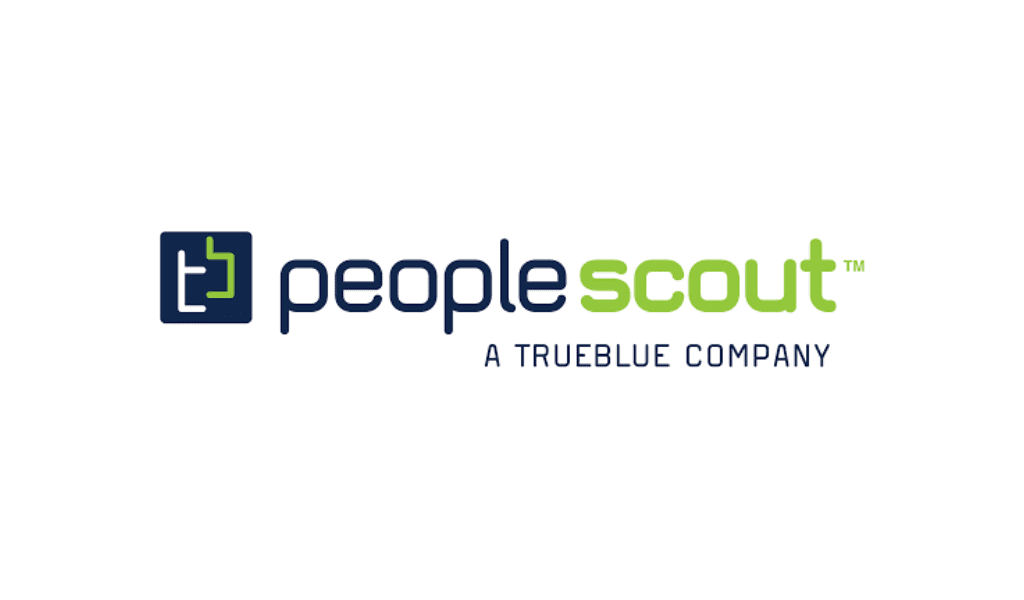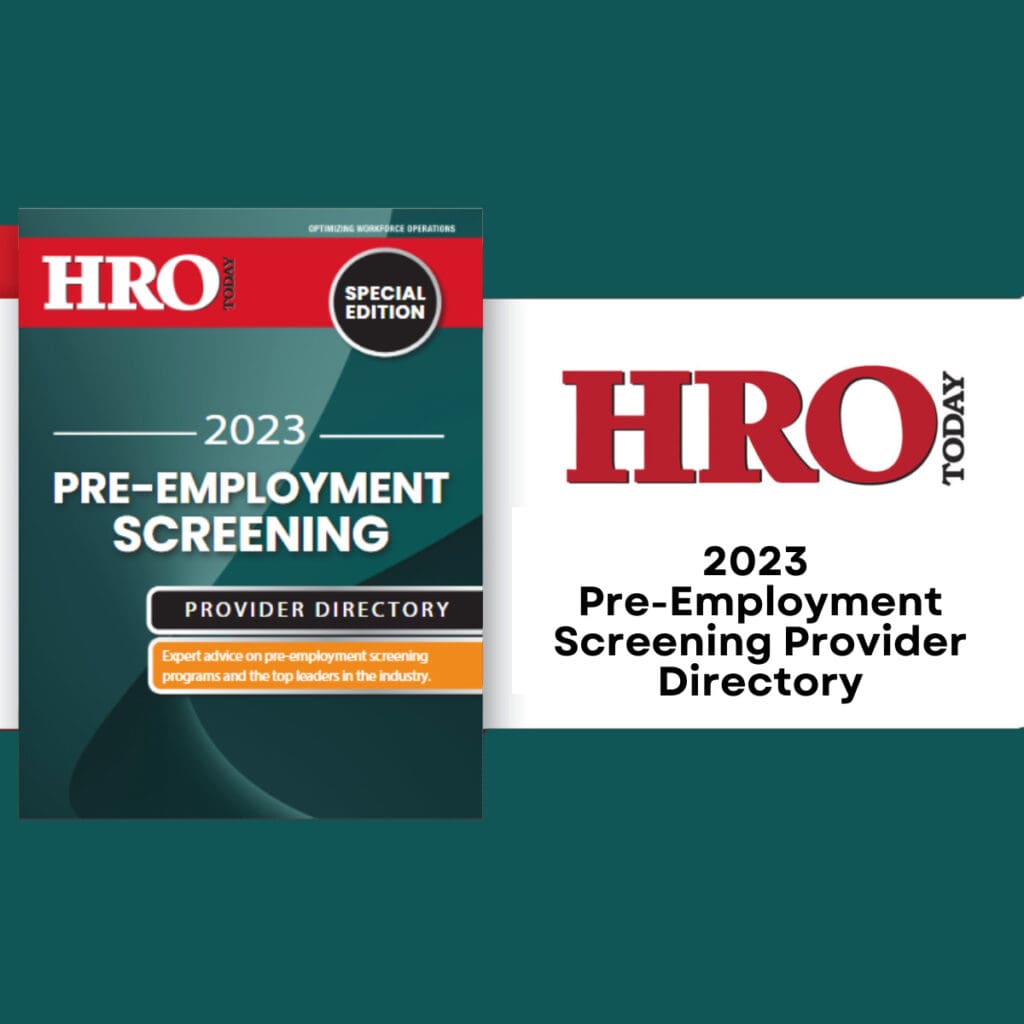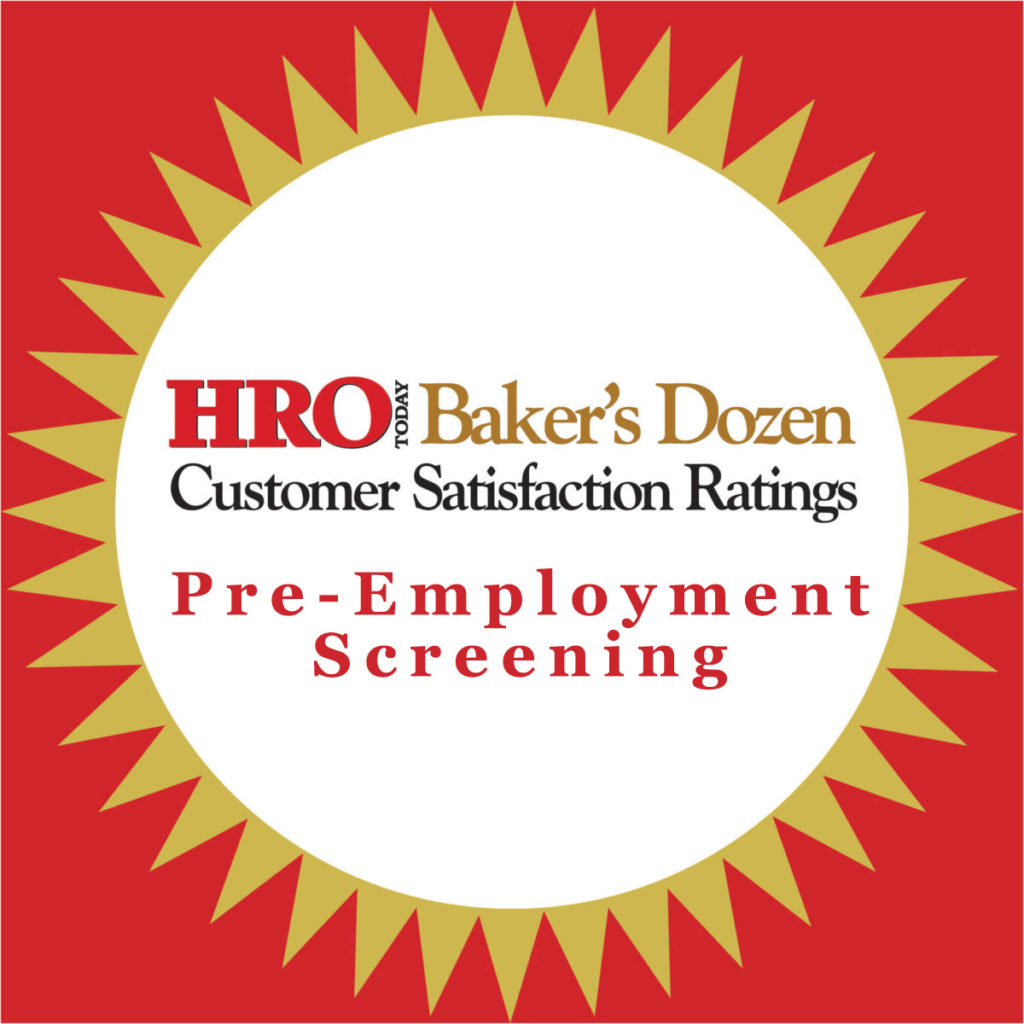Following the proper steps can help ensure FCRA compliance during the hiring process.
By Audrey Roth
Organizations leverage background screening when hiring new employees in order to protect themselves from making a costly mistake. But candidates are also protected by federal laws, like the Fair Credit Reporting Act (FCRA) that help regulate background reports by promoting accuracy and privacy of information in the files of consumer reporting agencies (CRA), according to the Federal Trade Commission. There are several kinds of CRAs that distribute information about credit history, check writing, and motor vehicle records, among others.
Remaining lawful under the FCRA can be tricky but is essential to a compliant and effective hiring process.
First and foremost: Review the FCRA. It may sound daunting, but take a look and you may be surprised at the user-friendly information available, leaving less room for an FCRA violation. In addition to the FCRA, there are a bevy of resources that can help clear up confusion including checklists, Equal Employment Opportunity Commission supplied reminders, and more.
Next, organizations must certify to the CRA that they are going to follow the legal procedure of the FCRA when they begin the background screening process. Vice President of Operations and Compliance for Orange Tree Employment Screening Heidi Seaton says there are several items to achieve certification including:
- disclosing the information will be used for permissible purpose only;
- obtaining authorization and approval by the subject of the background report; and
- ensuring the proper adverse action steps will be taken.
Organizations must make sure candidates understand the background screening process and a good first step is to obtain a signed disclosure. Vice President of Compliance and General Counsel for EmployeeScreenIQ Angela Preston says that the process and expectations should be made very clear to the applicant. Thorough communication is imperative to a concise and compliant process. Disclosure and authorization forms should be standalone documents. “Make sure they are not combined with the job application. They should not contain any other distracting verbiage that would cloud the intent and purpose of the form,” says Preston. “Make sure your hiring criteria and policies about background checks are in writing, and in compliance with anti-discrimination laws.”
In certain circumstances, such as when an organization is looking into additional information beyond a standard screen -for instance, job performance -an additional consumer report needs to be requested. Seaton explains that when an Investigative Consumer Report is called for, organizations must disclose this request to the applicant using the appropriate language within the proper timeframe. Candidates also need to be informed of their rights and they have the ability to receive a copy of the Consumer Financial Protection Bureau’s (CFPB) “A Summary of Your Rights Under the Fair Credit Reporting Act.”
Hiring and Adverse Action
If the results of the consumer report are suitable, then congratulations are in order: Organizations are free to hire the candidate without taking steps further toward adverse action. On the other hand, if the organization wants to move forward in their search process, they need to follow a two-step adverse action process. Vice President of Compliance for PreCheck, Inc., Vu Do, shares that employers must first give “a pre-adverse action notice that contains the contact information of the consumer reporting agency that created the background check, a copy of the background check report, [and] a copy of ‘A Summary of Your Rights Under the Fair Credit Reporting Act.'”
Employers must then wait for the applicant to review the report to provide the opportunity to dispute any information they deem inaccurate or incomplete. “The Federal Trade Commission published an opinion that a reasonable period would not be less than five business days,” says Seaton.
Organizations need to wait it out. “Employer violations occur when they get ahead of themselves and go straight to the final adverse action step, and in so doing, deny the applicant their right to view a copy of their report and potentially dispute its content,” says Do.
Ryan Krostue, chief operating officer at Universal Background Screening, Inc., agrees. “During this time, it is imperative that the employer not take any adverse action, such as hiring another candidate for the position,” he says.
At this point, the organization has already spent time, money, and effort so to deny the candidate a chance to give an explanation would be careless, advises Seaton. “If there was an error in the public record, giving an applicant the opportunity to explain or correct it could be to the employer’s advantage,” she says.
If the applicant debates the accuracy and there is need for reinvestigation, the CRA must conduct an additional investigation at no cost within 30 days.
If either the applicant doesn’t dispute the report or the organization decides against a job offer after the reinvestigation, the candidate must then receive an adverse action notice. “Such a notice contains the contact information of the CRA that created the report, explains that the screening provider did not make the employment decision and can’t give specific reasons for it, and also informs the consumer of his/her additional rights,” informs Do.
Seaton says the applicant must also receive the CFPB document “A Summary of Your Rights Under the Fair Credit Reporting Act” for a second time -a requirement of the law. “The purpose is to give job applicants the maximum opportunity to correct any incomplete or inaccurate reports that could affect their chances of employment,” she says.
Preventing the Preventable
The compliance process contains several steps, but none can be overlooked without possibly leading to negative legal repercussions. “2014 saw a very sharp rise in litigation related to release form compliance, and this trend continues, with class actions being filed against employers such as Paramount Pictures as recently as January 7, 2015,” says Do.
Paramount Pictures is not alone in their violation. “We are seeing an increase in class action lawsuits against employers for ‘technical violations’ of the FCRA, which can be multi-million dollar cases for mid-size and large employers,” says Krostue.
Knowing what to look out for can make it easier for organizations to remain compliant. There are some common mistakes that organizations tend to make – errors that can be prevented.
Issue the proper paperwork. “Users need to have qualified counsel review disclosure and authorization forms, generally referred to as release forms, even if they rely on the release forms provided by their screening provider and especially if they create their own,” says Do.
Complete the two-step adverse action process. “Employers get themselves in hot water when they act prematurely and rescind an offer or proceed with a termination without taking the pre-adverse steps. In our experience, we see many employers faltering when they utter prematurely that they will not move forward with the candidate,” says Do.
Know local compliance obligations. Although there is a federal standard, be aware of requirements that are specific to your state laws. “Be wary of state and local ‘FCRA’ laws that have additional or different requirements than the federal FCRA,” says Preston.
“In addition there are currently 10 states that have passed legislation that restrict an employer’s use of credit in the hiring decision. The state laws are not uniform regarding those restrictions, but they tend to describe fairly narrow exception to the rule against its use,” says Seaton.
Don’t forget about Title VII. According to the EEOC, in 2013 there were 67,558 receipts of charges filed under anti-discrimination laws: Title VII, Americans with Disabilities Act, Age Discrimination in Employment Act, and the Equal Pay Act. Discrimination based on race, color, religion, sex, and national origin still exists. “Consult with the EEOC guidance on the use of criminal history when setting your background policies. Make sure your reasons for disqualification are job related,” says Preston.
Be up to date. “We encourage our clients to also review their screening programs and practices with their legal counsel at least annually, as there are also many state laws and industry-specific regulations that must be considered,” says Krostue.
Choose an accredited CRA. Organizations should ensure they are making an educated decision when choosing their CRA. Seaton shares that the National Association of Professional Background Screeners (NAPBS) provides an accreditation program for domestic CRAs. “Accreditation requires CRAs to adhere to a strict and thorough set of professional standards, including having policies in place related to consumer protection, legal compliance, client education, product standards, service standards, and general business practices,” she says. “NAPBS accreditation has become a widely recognized seal of approval of CRAs that are committed to excellence, accountability, high professional standards and continued institutional improvement.”
Once a CRA is selected, communication between the organization and its provider is key to executing a compliant and efficient hiring process. “Make sure you and your provider are speaking the same language in terms of expectations for the scope of the background check, such as jurisdictions and number of years being searched,” says Krostue. “Are alias names part of the program, or is that a separate option? Ask your provider for a written scope of work and a sample report, so that you can be certain the information provided will meet your needs and expectations.”
CRAs as a Resource
Remaining compliant doesn’t have to be time- consuming: Take advantage of all the resources available. “If an employer’s screening partner offers compliance resources, the employer should definitely take advantage of them. Employers need to review compliance newsletters, alerts, blogs, and whitepapers, and reach out if they have questions,” says Do. “With a compliance expert on hand, employers need to take advantage of such a value- add to the screening service.”
CRAs already have their own list of requirements to ensure their processes comply with the FCRA, but also have potential to help their clients. “While employers are ultimately responsible for their own compliance with the FCRA, background screening providers are here to help,” says Krostue. “Many firms offer sample forms and documents that employers may use as a starting point to create their screening program. We also help our clients with the process of mailing copies of reports and adverse action notices, which helps them with recordkeeping and compliance tracking.”
Lean on your background screening provider to assist with interpreting reports, explaining terminology, having an established dispute process, and providing prompt reinvestigation, says Preston.
Remaining compliant under FCRA guidelines can be achieved when armed with the proper information and resources. Organizations need to ensure they are making informed decisions when hiring, and every step along the way counts.
Editor’s Note: Information in this article is not intended to be used as legal advice.














